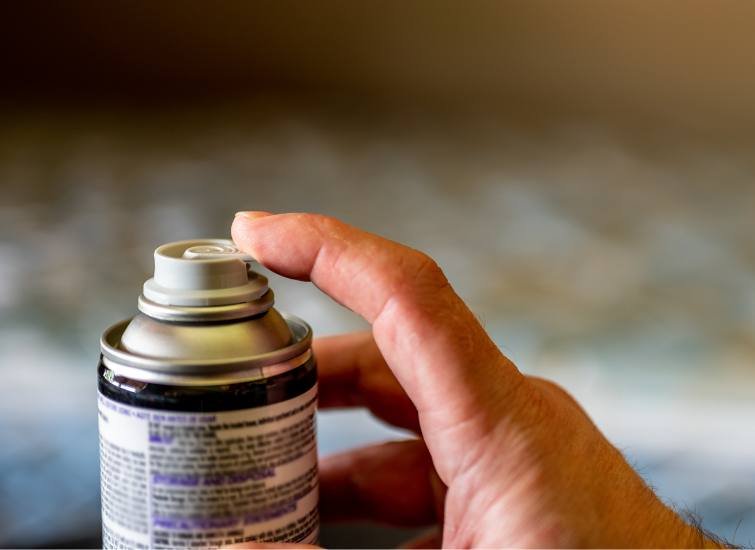Uncover comprehensive and effective methods to eliminate bed bugs, ensuring your home remains a safe and comfortable space free from pests.
The Challenge of Bed Bug Eradication
Bed bugs are a common and persistent problem in households. This detailed guide will provide you with all the necessary information and steps to effectively get rid of bed bugs and maintain a pest-free environment.
Understanding Bed Bugs
Bed bugs (Cimex lectularius), small, nocturnal insects that feed on human blood, are a significant concern due to their ability to spread quickly and their resistance to many treatment methods. Knowing their behavior, lifecycle, and appearance is crucial for effective eradication.
Early Signs of a Bed Bug Infestation
Identifying Indicators of Bed Bugs
- Bite Marks: Look for small, itchy welts on your body, typically in a line or cluster.
- Stains on Bedding: Notice blood spots or rust-colored marks on sheets and mattresses.
- Fecal Spots and Odor: Dark spots on mattresses or a musty odor are tell-tale signs.
- Visible Bugs or Eggs: Spotting live bed bugs or their pale eggs in crevices and seams of mattresses and furniture.
Comprehensive Guide to Eliminating Bed Bugs
Preparation for Bed Bug Treatment
- Declutter: Remove and clean clutter where bed bugs can hide.
- Launder Infested Items: Wash bedding, clothing, and curtains at high temperatures to kill bed bugs.
Bed Bug Treatment Methods
- Chemical Treatments: Use EPA-approved insecticides, including sprays and powders, ensuring you follow safety guidelines.
- Heat Treatment: Expose bed bugs to lethal temperatures by using professional heat treatment services or washing and drying items at high heat.
- Freezing: Small items can be placed in a freezer at 0°F for at least four days to kill bed bugs.
- Diatomaceous Earth: This natural substance can be effective in drying out and killing bed bugs upon contact.
Professional Bed Bug Control
- Expert Extermination Services: For severe infestations, professional pest control services offer more comprehensive and effective solutions, including the use of advanced techniques like whole-room heat treatments and more potent chemical applications.
- Integrated Pest Management (IPM): This approach combines various tactics, both chemical and non-chemical, to address bed bug infestations more effectively and sustainably.
Preventive Strategies Post-Eradication
Regular Monitoring and Maintenance
- Routine Checks: Regularly inspect your home, especially bedrooms, for signs of bed bugs.
- Interceptor Devices: Use bed bug interceptors under the legs of beds and furniture to monitor and trap bed bugs.
Maintaining a Clean and Safe Environment
- Vacuuming: Regularly vacuum floors, mattresses, and furniture, focusing on cracks and crevices.
- Protective Encasements: Use bed bug-proof encasements for mattresses and pillows to prevent bed bugs from infesting bedding.
Ensuring a Bed Bug-Free Environment
Eradicating bed bugs is a challenging but achievable task. Consistent application of these methods and regular monitoring are key to maintaining a bed bug-free home.
FAQs: In-Depth Answers on Bed Bug Control
Can bed bugs spread diseases?
While bed bugs are a nuisance, they are not known to transmit diseases to humans.
How can I prevent bed bugs from entering my home?
Preventive measures include inspecting second-hand furniture, reducing clutter, and using protective covers on mattresses and pillows.
What should I do with my belongings during treatment?
Seal non-washable items in plastic bags and treat them as recommended by pest control professionals.


